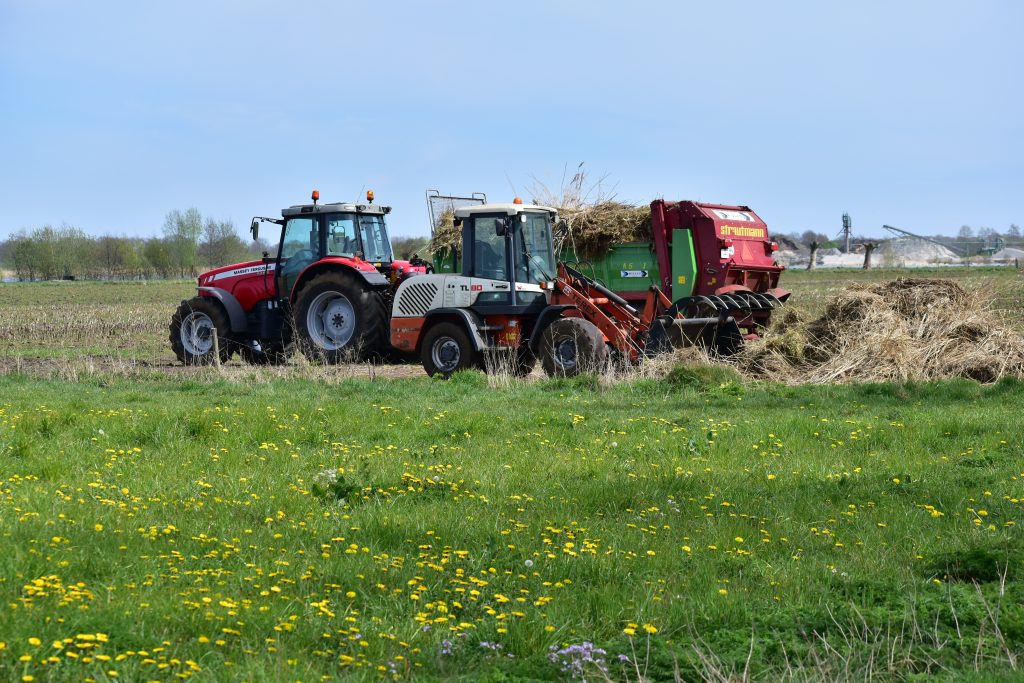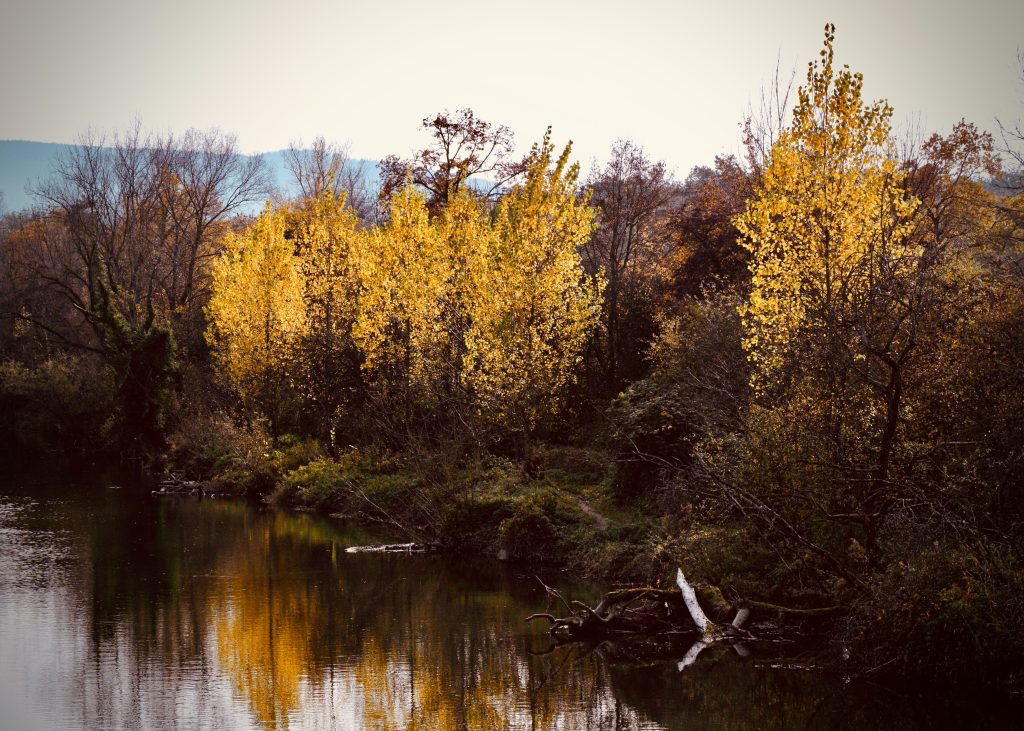Europe boasts rich biodiversity, with diverse ecosystems that provide crucial services to agriculture.
The conversion of semi-natural habitats, such as field margins, fallows, hedgerows, grassland, woodlots, and forests, into agricultural land has the potential to increase agricultural production, thus contributing to meeting the growing global demand for food. However, the extent to which such habitat loss may affect biodiversity and wild species remains uncertain. In an important study published last year on Nature the research team completed a comprehensive survey assessing species richness in four taxa (vascular plants, earthworms, spiders, wild bees) and agricultural yield across various types of agricultural land, including arable, grassland, mixed, horticulture, permanent crop, and both organic and non-organic agricultural land. The research covered 169 farms located in ten different European regions.
The findings reveal that semi-natural habitats currently occupy 23% of the total land area, hosting an impressive 49% of species that are unique to these habitats. Researchers further estimated that the conversion of semi-natural land with the goal of achieving a 10% increase in agricultural production would have varying impacts on biodiversity across different agricultural systems. More in detail, arable systems would experience the greatest biodiversity impact, while grassland systems would be the least affected. Additionally, the research indicates that organic farming practices tend to preserve a higher number of species compared to non-organic practices.

Ries Bosch for Unsplash
These findings have significant implications for informing sustainable agricultural development. They underscore the importance of carefully considering the trade-offs between increased agricultural production and the conservation of biodiversity when making decisions about land use and agricultural practices. By recognizing the value of semi-natural habitats and the unique species they support, policymakers and farmers can work towards achieving a balance that ensures food security while safeguarding the ecological health of our landscapes.
Last week, Ursula von der Leyen, President of the European Commission, held a strategic dialogue on agriculture. During this dialogue, various stakeholders discussed the challenges and opportunities in the European agricultural sector. Key topics included the Farm to Fork Strategy, the European Green Deal, and the role of agriculture in achieving climate goals. Von der Leyen emphasized the importance of a sustainable and resilient agricultural sector in Europe. The dialogue aims to shape the future of European agriculture, aligning it with environmental and climate objectives.

Nico Evard For Unsplash
Landscape resilience plays a pivotal role in safeguarding biodiversity. It ensures that ecosystems can withstand and recover from disturbances, such as climate change, habitat fragmentation, and human activities. A resilient landscape supports diverse habitats, allowing species to thrive and adapt. By preserving natural corridors and promoting sustainable land use, landscape resilience fosters interconnected ecosystems, enhancing the survival prospects of numerous species. It is a fundamental strategy in the conservation of biodiversity, enabling ecosystems to maintain their ecological functions and support the incredible diversity of life on our planet.
ResAlliance team is working on this important issue is a thematic network project funded by the Horizon Europe Programme of the European Union. The aim is to provide foresters and farmers with the knowledge and tools necessary to implement innovative landscape resilience solutions.
Join the Alliance! Be part of the resilience!